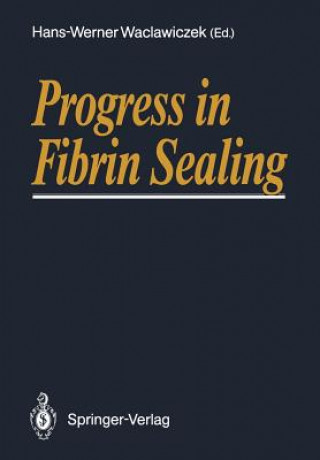
Kód: 06624007
Progress in Fibrin Sealing
Autor Hans-Werner Waclawiczek
Fibrin plays a central role in wound healing. It has a hemostatic effect by forming a temporary wound closure and assists in neovascularization and fibroblast prolifera tion. It therefore makes the repair of injured or severed par ... celý popis
- Jazyk:
 Angličtina
Angličtina - Väzba: Brožovaná
- Počet strán: 154
Nakladateľ: Springer-Verlag Berlin and Heidelberg GmbH & Co. KG, 1989
- Viac informácií o knihe

139.23 €

Skladom u dodávateľa v malom množstve
Odosielame za 12 - 17 dní
Potrebujete viac kusov?Ak máte záujem o viac kusov, preverte, prosím, najprv dostupnosť titulu na našej zákazníckej podpore.
Pridať medzi želanie
Mohlo by sa vám tiež páčiť
-

Habits Not Diets
24 € -

Chicken Soup for the Mother's Soul
17.36 € -5 % -

Handbook of Detergents, Part A
579.95 € -

Alzheimer
64.45 € -

Corporate Religion
76.92 €
Darčekový poukaz: Radosť zaručená
- Darujte poukaz v ľubovoľnej hodnote, a my sa postaráme o zvyšok.
- Poukaz sa vzťahuje na všetky produkty v našej ponuke.
- Elektronický poukaz si vytlačíte z e-mailu a môžete ho ihneď darovať.
- Platnosť poukazu je 12 mesiacov od dátumu vystavenia.
Viac informácií o knihe Progress in Fibrin Sealing
Nákupom získate 345 bodov
 Anotácia knihy
Anotácia knihy
Fibrin plays a central role in wound healing. It has a hemostatic effect by forming a temporary wound closure and assists in neovascularization and fibroblast prolifera tion. It therefore makes the repair of injured or severed parts of the human body by simple glueing possible, a notion that men have dreamed of since ancient times. The first modern attempts in this direction, using clotting substances derived from human blood to achieve hemostasis, were reported by Bergel (in 1909), Grey (in 1915), and Harvey (in 1916), who used fibrin powder or fibrin patches to control bleeding from parenchymatous organs. Two decades later Young and Medawar (1940) and Cronkite (1944) used blood plasma or fibrin solutions, adding thrombin to seal nerve anastomoses and to fix skin grafts in humans. Due to the poor adhesive strength of the fibrinogen the results were unsatisfactory. In 1972 a new era in fibrin sealing was initiated by Matras. By using highly concentrated fibrinogen in combination with factor XIII (fibrin-stabilizing factor) and by delaying fibrinolysis with a fibrinolysis inhibitor (aprotinin), a method was developed which after satisfactory results in animals, soon began to be applied in humans.
 Parametre knihy
Parametre knihy
Zaradenie knihy Knihy po anglicky Medicine Clinical & internal medicine Gastroenterology
139.23 €
- Celý názov: Progress in Fibrin Sealing
- Autor: Hans-Werner Waclawiczek
- Jazyk:
 Angličtina
Angličtina - Väzba: Brožovaná
- Počet strán: 154
- EAN: 9783540507970
- ISBN: 9783540507970
- ID: 06624007
- Nakladateľ: Springer-Verlag Berlin and Heidelberg GmbH & Co. KG
- Hmotnosť: 370 g
- Rozmery: 244 × 170 × 10 mm
- Dátum vydania: 17. April 1989
Obľúbené z iného súdka
-
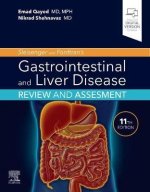
Sleisenger and Fordtran's Gastrointestinal and Liver Disease Review and Assessment
124.42 € -

Gut
14.39 € -23 % -

Endosonography
261.42 € -10 % -

Problem-based Approach to Gastroenterology & Hepatology
73.34 € -15 % -

Gastroenterology and Hepatology Board Review: Pearls of Wisdom, Third Edition
153.33 € -

Practical Gastroenterology and Hepatology Board Review Toolkit 2e
121.97 € -
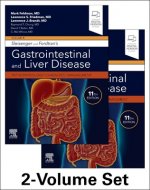
Sleisenger and Fordtran's Gastrointestinal and Liver Disease- 2 Volume Set
377.68 € -

Endosonography
346.41 € -

Yamada's Handbook of Gastroenterology 4e
103.58 € -

Cotton and Williams' Practical Gastrointestinal Endoscopy 7e
152.92 € -

Atlas of Clinical Gastrointestinal Endoscopy
202.16 € -

Biopsy Interpretation of the Gastrointestinal Tract Mucosa: Volume 2: Neoplastic
187.66 € -1 % -
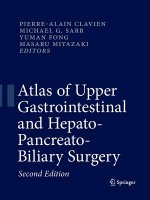
Atlas of Upper Gastrointestinal and Hepato-Pancreato-Biliary Surgery
203.08 € -27 % -

SAGES Manual of Hernia Surgery
141.17 € -

Endoscopic Ultrasonography 3e
111.45 € -

Overactive Pelvic Floor
166.41 € -
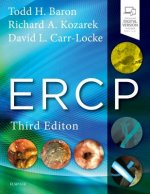
ERCP
290.02 € -

Netter's Gastroenterology
138.52 € -

Biopsy Interpretation of the Gastrointestinal Tract Mucosa: Volume 1: Non-Neoplastic
176.73 € -6 % -
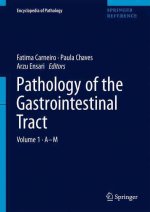
Pathology of the Gastrointestinal Tract
483.51 € -
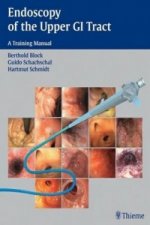
Endoscopy of the Upper GI Tract
153.54 € -

ERCP and EUS
313.93 € -

Atlas of Upper Gastrointestinal and Hepato-Pancreato-Biliary Surgery
483.51 € -
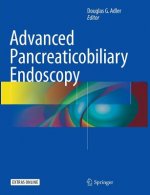
Advanced Pancreaticobiliary Endoscopy
114.31 € -

Crohn's Disease: A Diagnostic and Therapeutic Approach
161.91 € -

Gastrointestinal Pathology - Correlative Endoscopic and Histologic Assessment
249.97 € -

Colitis
130.96 € -

Cholangioscopy
77.73 € -

Biliopancreatic Endoscopy
142.81 € -

Minimally Invasive Coloproctology
119.11 € -

Contemporary Coloproctology
199.81 € -
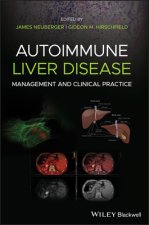
Autoimmune Liver Disease - Management and Clinical Practice
204 € -

Therapeutics of Digestive Endoscopic Tunnel Technique
113.69 € -
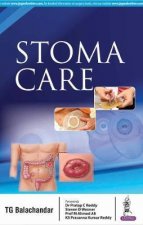
Stoma Care
49.54 € -
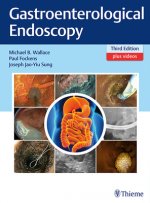
Gastroenterological Endoscopy
242.82 € -

Coloproctology
107.26 € -

Psychiatry
44.22 € -

Gastrointestinal Imaging: The Requisites
152.72 € -
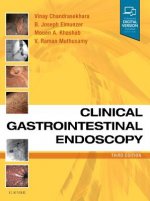
Clinical Gastrointestinal Endoscopy
290.02 € -

Atlas of High-Resolution Manometry, Impedance, and pH Monitoring
101.33 € -
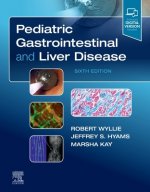
Pediatric Gastrointestinal and Liver Disease
269.39 € -5 % -

SAGES Manual of Bariatric Surgery
154.66 € -

Oral Medicine and Pathology at a Glance 2e
70.17 € -

Helicobactor pylori
276.54 € -
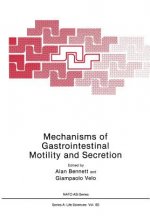
Mechanisms of Gastrointestinal Motility and Secretion
70.68 € -

Extraesophageal Manifestations of GERD
145.57 € -
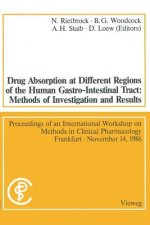
Drug Absorption at Different Regions of the Human Gastro-Intestinal Tract: Methods of Investigation and Results / Arzneimittelabsorption aus verschied
70.68 € -

Autoimmune Hepatitis
214.12 € -

Atlas Of Complicated Abdominal Emergencies: Tips On Laparoscopic And Open Surgery, Therapeutic Endoscopy And Interventional Radiology (With Dvd-rom)
101.74 €
Osobný odber Bratislava a 2642 dalších
Copyright ©2008-24 najlacnejsie-knihy.sk Všetky práva vyhradenéSúkromieCookies


 21 miliónov titulov
21 miliónov titulov Vrátenie do mesiaca
Vrátenie do mesiaca 02/210 210 99 (8-15.30h)
02/210 210 99 (8-15.30h)